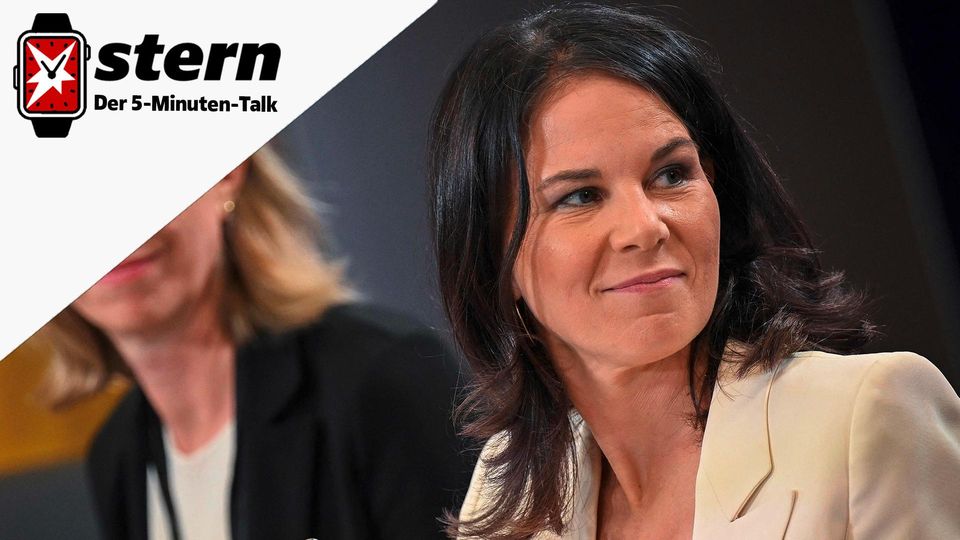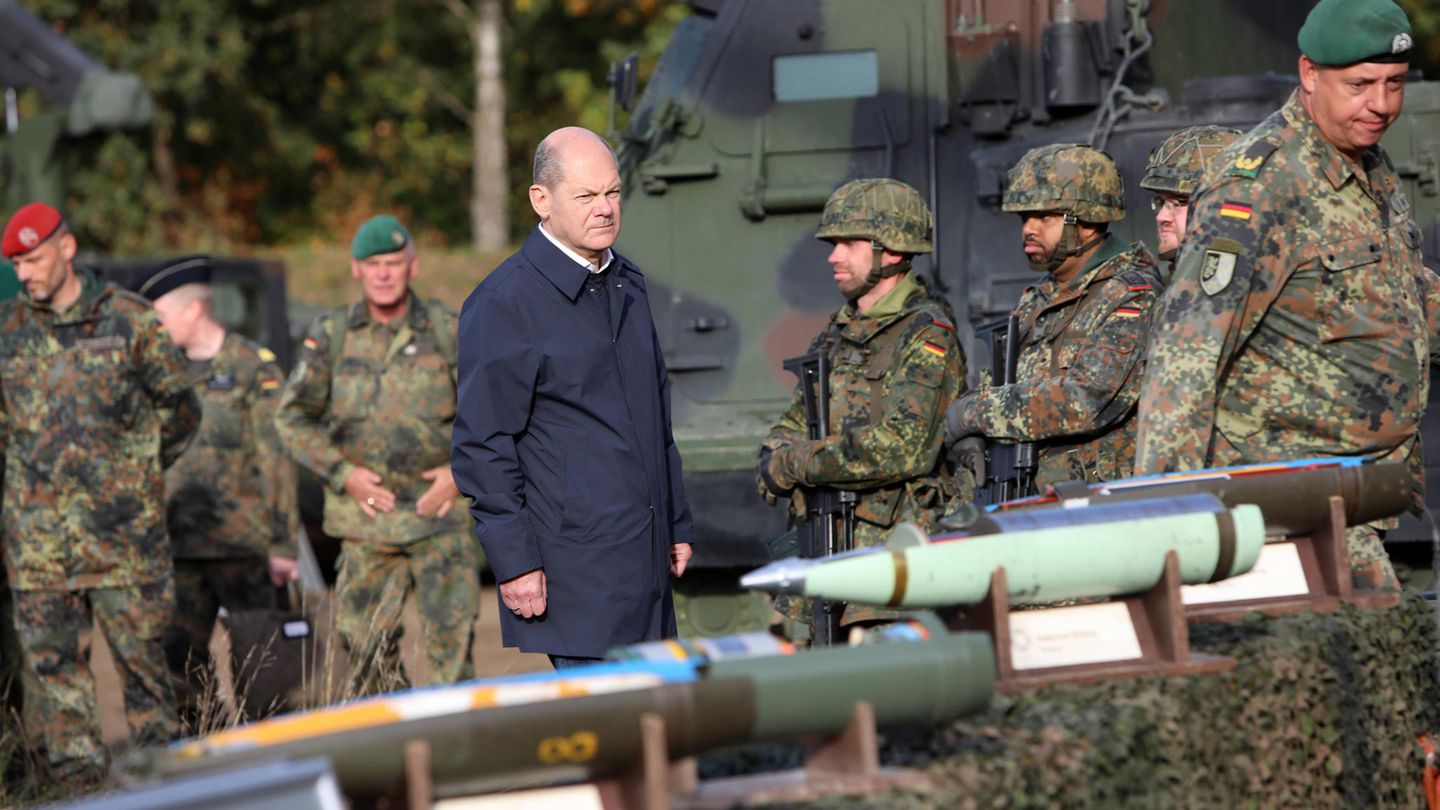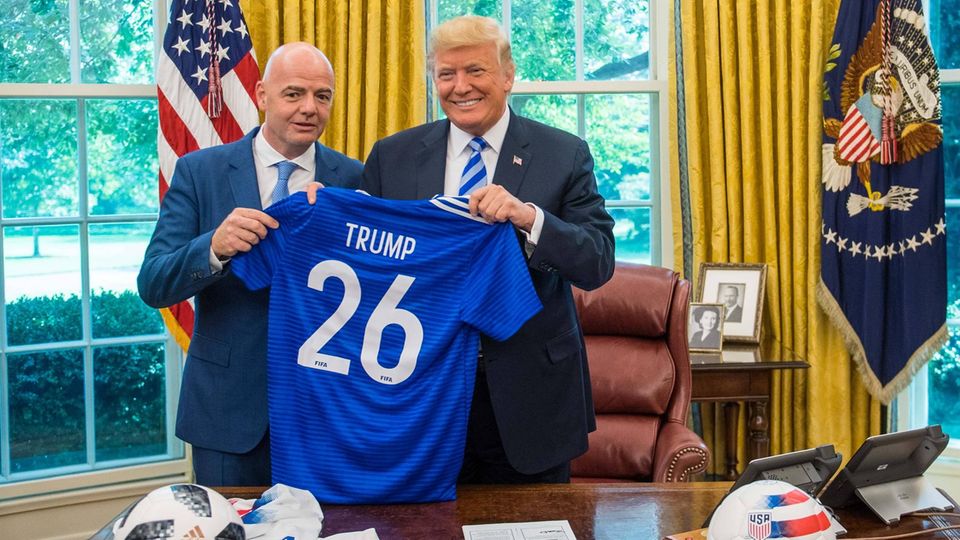column
The USA wants to station cruise missiles here. Olaf Scholz knows the arguments of the critics in Germany well – from his own history.
Olaf Scholz brought the Germans something from the NATO summit: The USA wants to station cruise missiles in Germany from 2026. The so-called Tomahawks can fly around 2,500 kilometers – from Berlin to Moscow it is about 1,600 kilometers. The Tomahawks are named after an axe-like tool that was also used as a war hatchet.
We know the hatchet from the rather pacifist-tinged phrase in which it is buried. The Tomahawks, of all things, are supposed to ensure that the hatchet between the West and Russia remains buried. It is called deterrence.
Now the Left, the AfD and Sahra Wagenknecht’s party can hardly believe their luck, because the planned stationing already offers them a great issue for the election campaign. They are warning everywhere of at least an arms race, and in the worst case that Germany could become a theater of war. They are being assisted by Russia, where the Kremlin spokesman says that a “military response will be worked out”.

No desire for the Chancellery: Annalena Baerbock abstains – confident or embarrassing?
05:05 min
In fact, the Chancellor’s timing is always remarkable when it comes to equipping his political rivals with campaign ammunition. Shortly before the European elections, he decided that Ukraine could now also attack certain targets in Russia, which was not good for the SPD. And Scholz made the issue of the tomahawks public shortly before the state elections in Thuringia and Saxony. The SPD’s chances of a good result there are as slim as the likelihood of me finding a hatchet while digging in my garden. The tomahawk, if I may use the pun, could prove to be a boomerang for the Chancellor.
Olaf Scholz and the rockets – that used to be different
On the other hand, Scholz is showing that the interests of the country – at least what he defines as such – are more important to him than the interests of his party. What needs to be done will be done. This reminds some people of Helmut Schmidt in the 1980s, when the West wanted to respond to the threat posed by Soviet SS-20 missiles by deploying Pershing missiles.
In his recently published book about Olaf Scholz, journalist Daniel Brössler describes how Schmidt defended the NATO double-track decision at the SPD state party conference in Hamburg-Wandsbek in January 1982 and encountered resistance from a young man wearing a grey shirt and square-lensed glasses.
A certain Olaf Scholz, however, embarrassed himself a little when he spoke of Soviet computer errors in American systems. His speech, writes Brössler, was drowned in laughter. A year later, when Helmut Kohl was in power, Scholz was successful in ensuring that even Willy Brandt, who had grudgingly accepted them under Schmidt, spoke out against the Pershings at the large demonstration in Bonn’s Hofgarten.
If anti-Tomahawk demonstrators gather on the Straße des 17. Juni in Berlin in 2026, Scholz has two advantages: He knows from his past how they think. And he could use the history of the collapse of the Soviet Union and the Eastern Bloc to explain to the demonstrators that when he still thought like them, he was ultimately wrong. It could be a disadvantage if Scholz had already lost his office as Chancellor by then. After all, he would then also suffer the same fate as Helmut Schmidt.
Source: Stern
I have been working in the news industry for over 6 years, first as a reporter and now as an editor. I have covered politics extensively, and my work has appeared in major newspapers and online news outlets around the world. In addition to my writing, I also contribute regularly to 24 Hours World.




